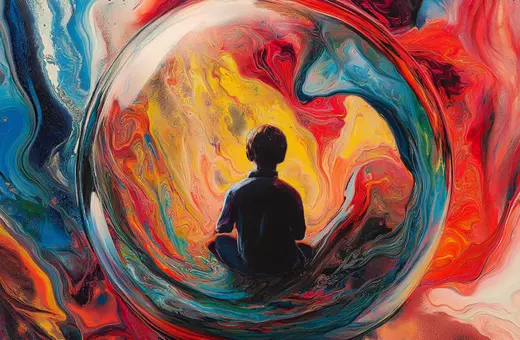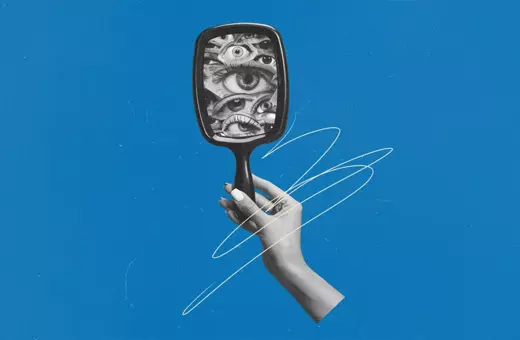As digital technology takes over our lives, we are increasingly drawn to the analogue technology of the past. Vinyl records, physical books and Moleskine notebooks are all enjoying a revival. We might be quick to dismiss this as a fad or harmless nostalgia. But scratch the surface of this phenomenon and what you find is some deep truths about the nature of technology and our relationship to it. We have a deep evolutionary, material, and conceptual connection with analogue technology that is simply lacking in our relationship with digital technology. The more digital technology overwhelms our lives, the more we will crave our affinity with analogue technology, argues Robert Hassan.
There’s an online store called The Electric Recording Company. The website deals in the psychology of fantasy for the many lovers and dreamers of analogue days and things. Google it and you will be transported (digitally and virtually) to a pre-digital world of music that is, (through expertly rendered HTML coding) a curated simulacra of an analogue audiophiles’ wet dream.
There’s been a definite ‘revenge of analogue’ vogue underway for maybe twenty years now, and it shows no sign of running out of steam. From Moleskine notebooks and various board games to Kodak film and, yes, analogue books, all are being sold to millions of people who grew up with their digital alternatives. This isn’t just a shallow nostalgia for old things. These preferences reveal something deeper and more troubling about us and our relationship with technology.
The Electric Recording Company is Nostalgia Central. Click onto it and a soundless website opens out like a creamy gardenia flower, with grainy photographs of John Coltrane’s classic 1960 album ‘Giant Steps’. A Ken Burns effect slowly turns and transitions the album from the front-cover, with Coltrane gripping a golden tenor saxophone that cascades from his lips to his waist, to a back-cover filled by a whole essay, written by Nat Hentoff from the Jazz Review, trumpeting on the ‘exuberant, furious, impassioned, thundering’ music that lies in wait within the sleeve. The vinyl record itself is shot in a sumptuous high-definition, yet moody light, revealing a heavy-looking platter of PVC bearing the words ‘Long Playing - Unbreakable’ printed in silver on a chocolate brown centre label.
Consuming eyes lean into the computer screen, and you feel able to almost touch the thick cardboard album cover with its redolent colours and be-bop significations; and the music is nearly audible from the soundwaves etched onto the clearly visible calligraphy of its grooves. It all conspires to make you want to touch it, to hold it and place it on your stereo player and put the VU meter into the red zone.
___
___
What is being sold here, really? Many believe that the market in retro material culture, trade is mere nostalgia: think of lava Lamps, 1950s wall-clocks, SLR cameras, Ilford film, 1985 Air Jordan sneakers, automatic movement watches, and kitsch of all kinds that forms a sprawling culturescape of analogue sentimentality. It’s easy to dismiss such superficiality. And nostalgia can seem a harmless enough indulgence for the legions of the credulous who will pay to collect pointless stuff that may be cheaper and ‘better’ and more ‘efficient’ in their digital versions.





















Join the conversation